Distance Learning’s Schedule Should Outlast Zoom
What if I told you that an aspect of online school should stick past the pandemic? Few would want to continue with the monotonous Zoom calls, but who wouldn’t want to keep that extra hour of sleep and the additional time between classes?
Due to COVID-19, Rio has moved the school start time back one hour, to 9 am, and created 15-minute breaks between classes. This schedule is scientifically proven to boost the productivity, creativity, and attentiveness of students throughout the school day, and is one aspect of online school that should continue after the pandemic is over.
As a freshman, I would wake up every day at 6:30, arriving at school just in time for my 7 a.m. class. I would muster all my energy and grudgingly do P.E., only to be thrust into my first period class five minutes later. Exhausted as a result of staying up late for after-school activities and homework, I was tired throughout the day, not unlike most of my peers.
This year with online learning, the start time has been moved to 9 a.m., allowing me to wake up at a time that comes more naturally to my body. Although I only gained about an hour of sleep, going to bed and waking up at a time that isn’t forced has improved my behavior and attentiveness throughout the school day.
If a later start time is implemented beyond the pandemic, it would benefit my mind and body alike, helping me succeed further as a student.
It isn’t just me who would benefit from a later start time when we return to in-person school. Early school start times are the number one reason why students are sleep deprived, which can lead to lots of negative consequences. Studies show that teenagers’ biological clocks keep them from going to sleep early. Since the time that teens go to sleep is delayed (usually until 11 p.m.), they should not be expected to wake up around 6 a.m. for school, getting less than the optimal amount of sleep. Teens should get eight to 10 hours of sleep, but four national surveys from 2007 to 2013 found that 69 percent of high schoolers were getting seven hours or fewer.
According to the Sleep Foundation, “sleep deprivation impairs [students’] abilities to be alert, pay attention, solve problems, cope with stress and retain information.” If having a later start time helps with stress and the performance of students at school, it is only reasonable to keep it even after the pandemic is over.
The second change to the schedule is that we now have 15 minutes between classes rather than five. Although this extra time was implemented to give us a break from our screens, having breaks during the school day is beneficial to students regardless of the learning environment.
Taking breaks throughout the school day helps students retain information and leads to more focus after the break. Breaks are also proven to boost creativity and problem solving, and most importantly, to keep students more attentive during class time.
Researchers have found that about an hour of work should be followed by a 15-minute break and that an average teenager can only focus for about 48 to 80 minutes. Therefore, a schedule including 15-minute breaks and hour-long classes would be more aligned with the scientific findings that show the benefits of such school/work models.
Some may argue that later start times and longer breaks come with significant drawbacks. The modified schedule would add time at the end of the day, pushing back after-school
activities and limiting after-school daylight hours. They worry that sports would be negatively impacted, and time for students to do homework would decrease.
However, if school start times are moved back, students would be able to focus better and be more motivated to complete their homework quicker. When it comes to sports, research has shown that rested student athletes actually perform better, because sleep deprivation has a negative effect on endurance and coordination. And with the easy addition of lights, sports could continue and thrive despite the later start time. Ultimately, the cons of school ending later are outweighed by the benefits a later start time and longer breaks for students.
If we continue the 9 a.m. start time and 15-minute breaks past COVID-19, the opportunities for student success are limitless. After months of staring at screens, we will not only be more excited to go to class, but if the same schedule is in place, we will be more rested, attentive, and productive during school hours. After the coronavirus has subsided, many will be eager to put online school in the past. However, one aspect of online school needs to stick around in the post-COVID-19 days: the more humane schedule of later start times and longer breaks.

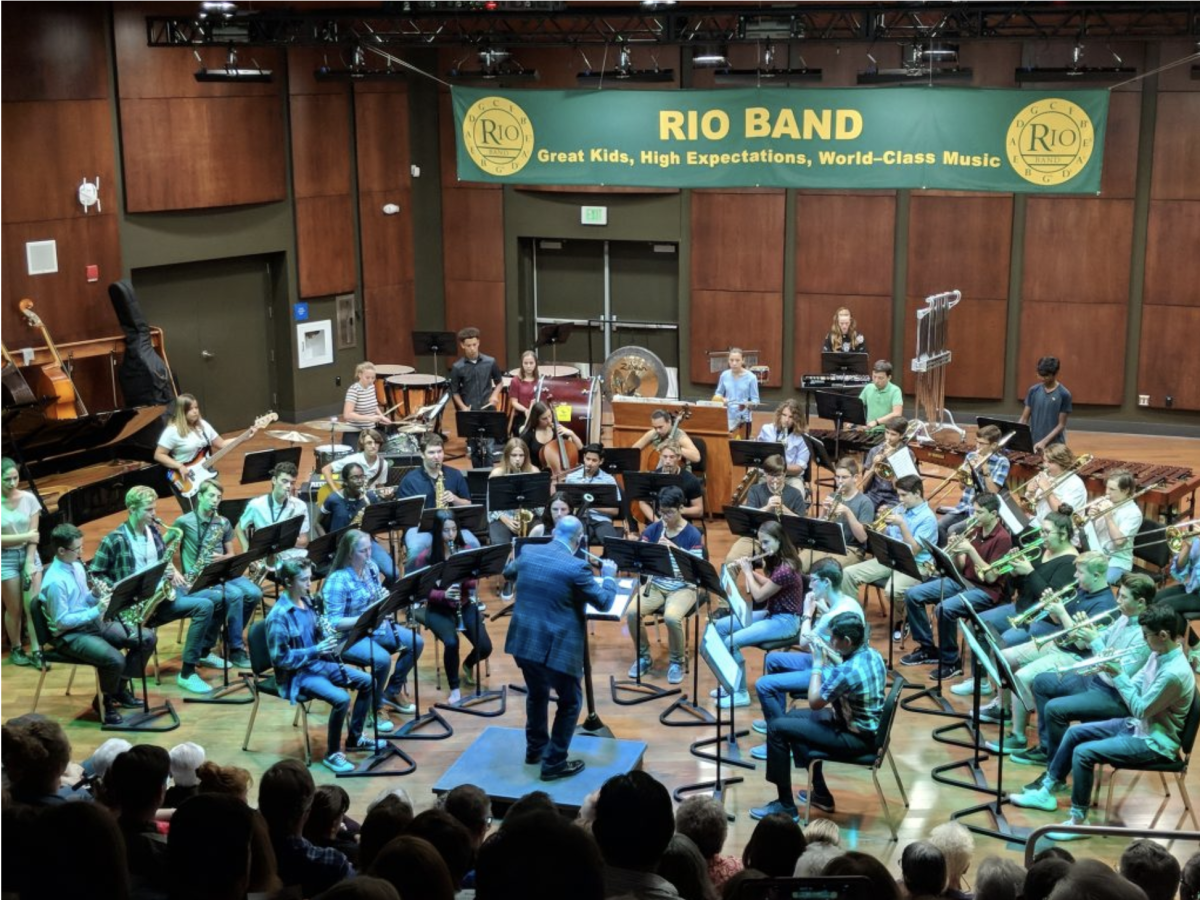












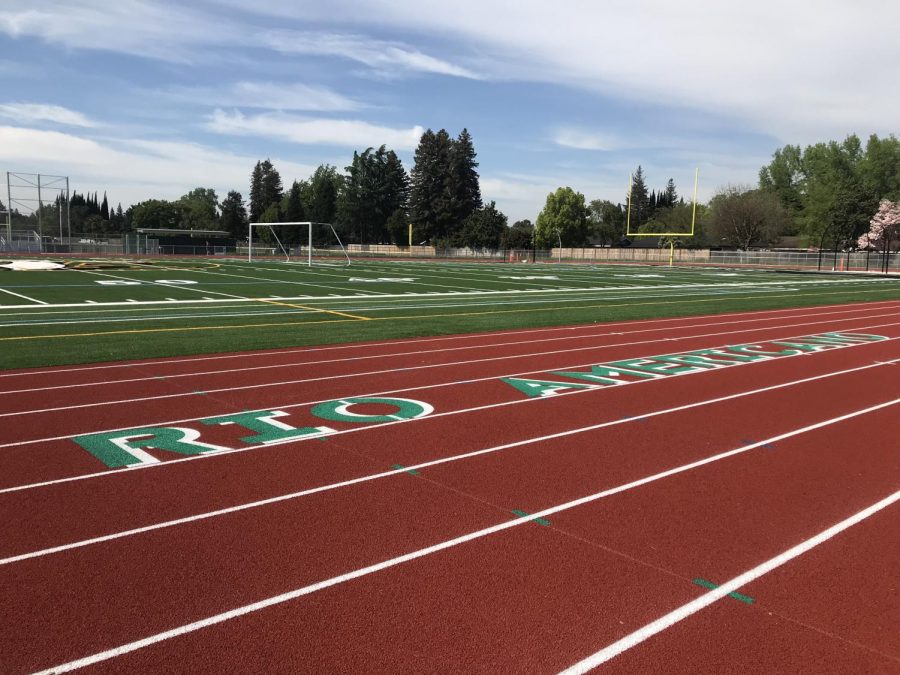



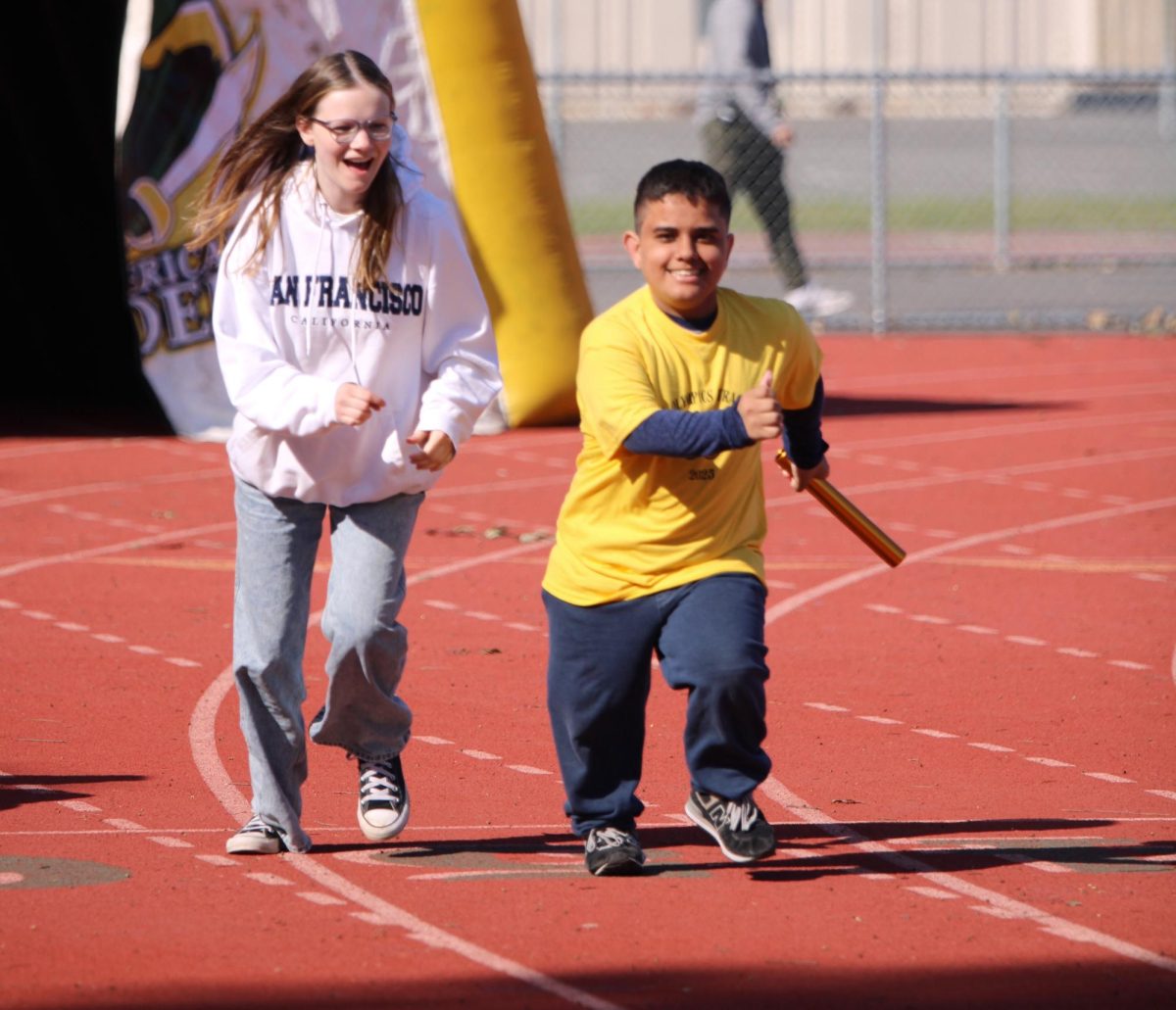



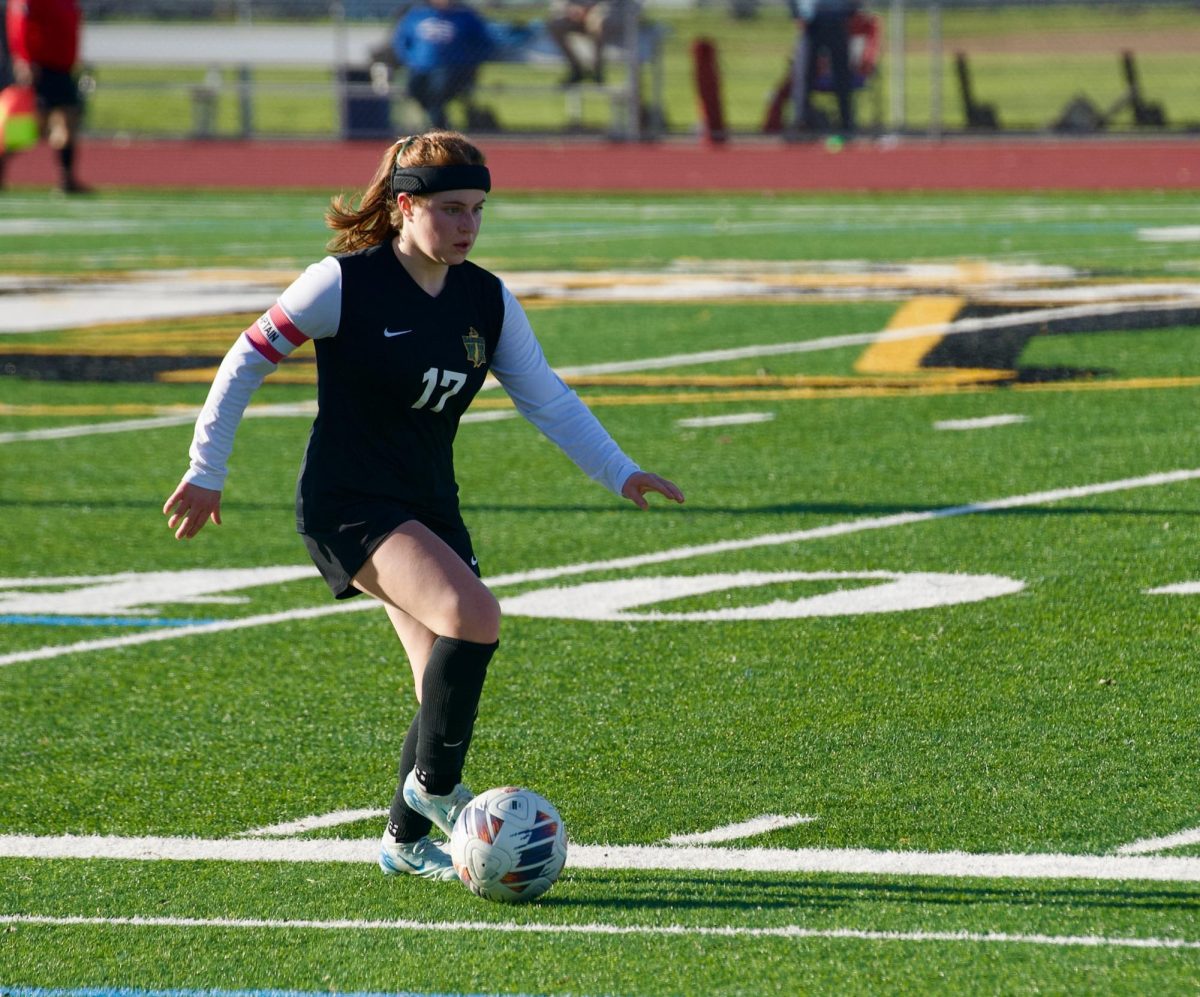
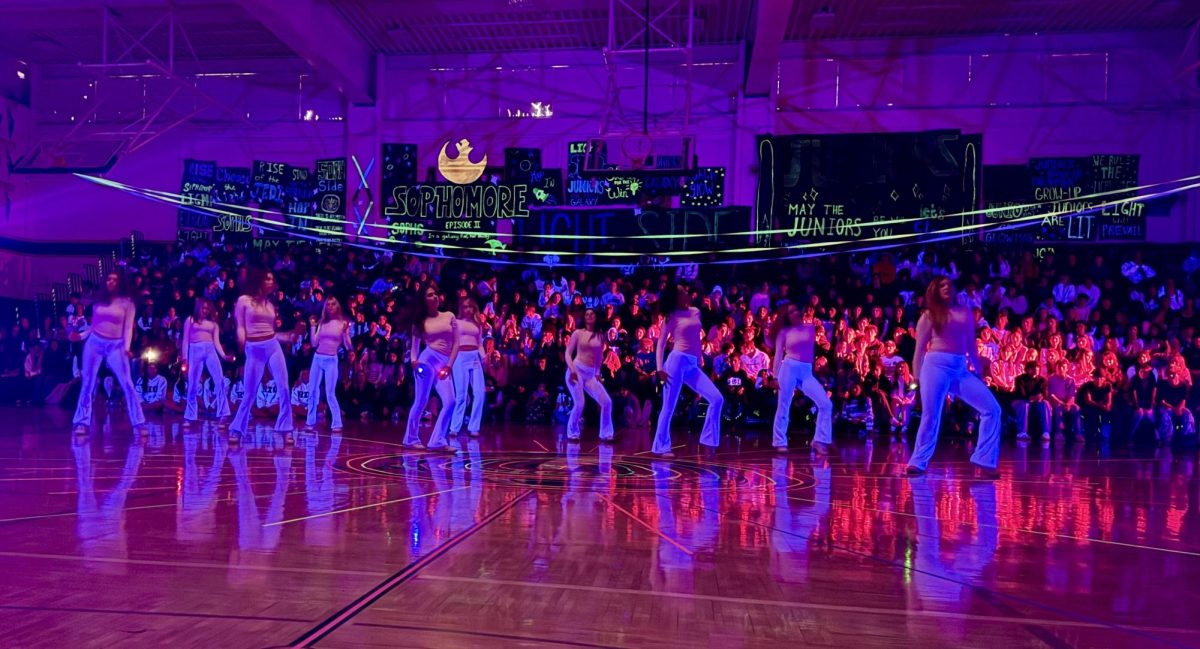











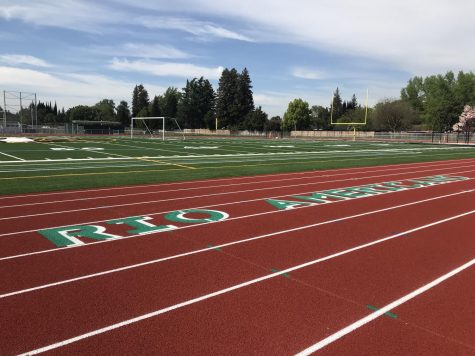
Nora Smith • Nov 1, 2020 at 6:53 PM
I definitely agree that the later start time and longer breaks should remain whenever we happen to return to school. It’d really be a move in the wrong direction if we were to go back to the old times especially considering how much good they do for us. I know I, like most people, really enjoy the longer breaks and later start time so there’s no great reason to ever go back to them.